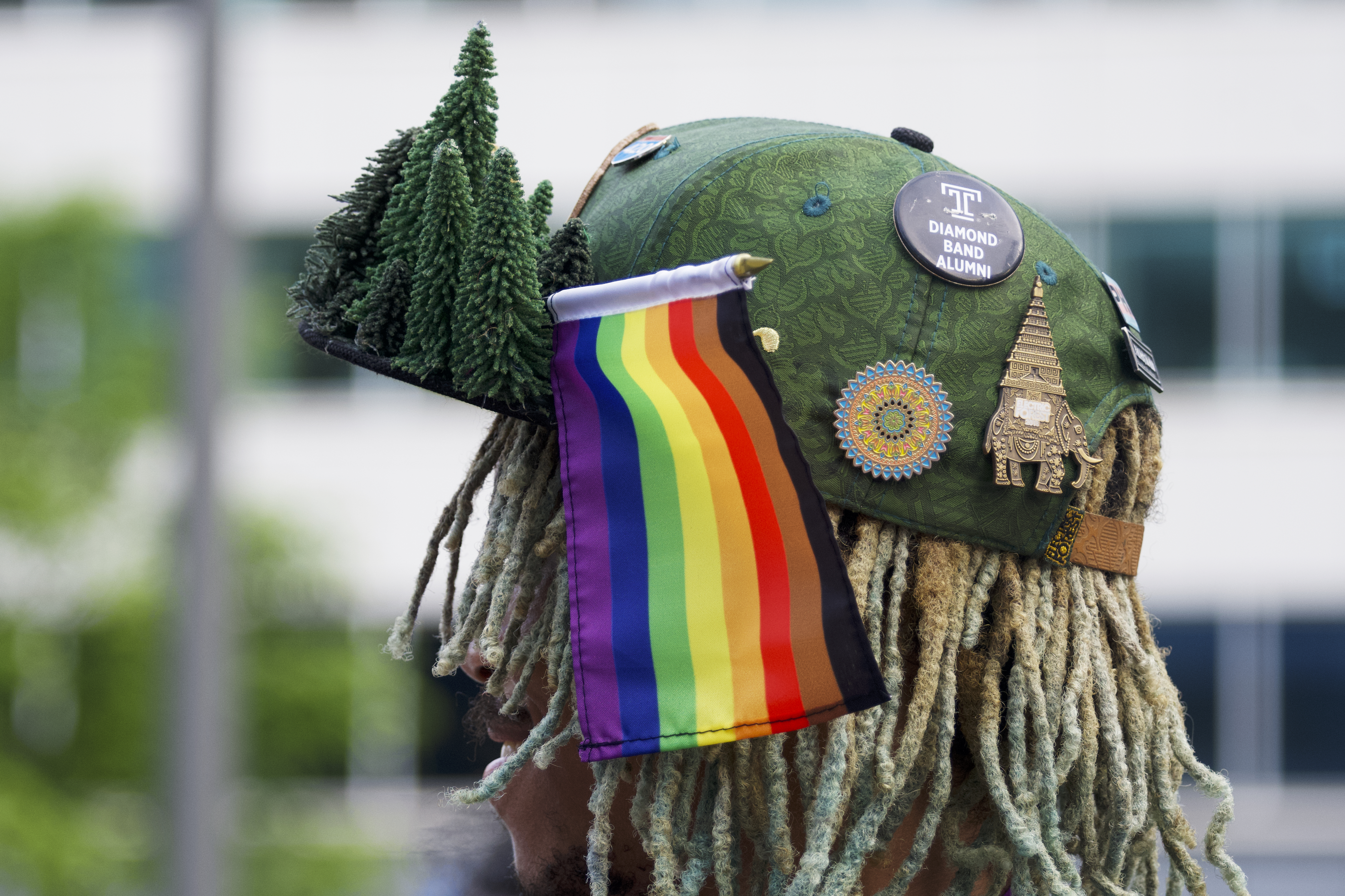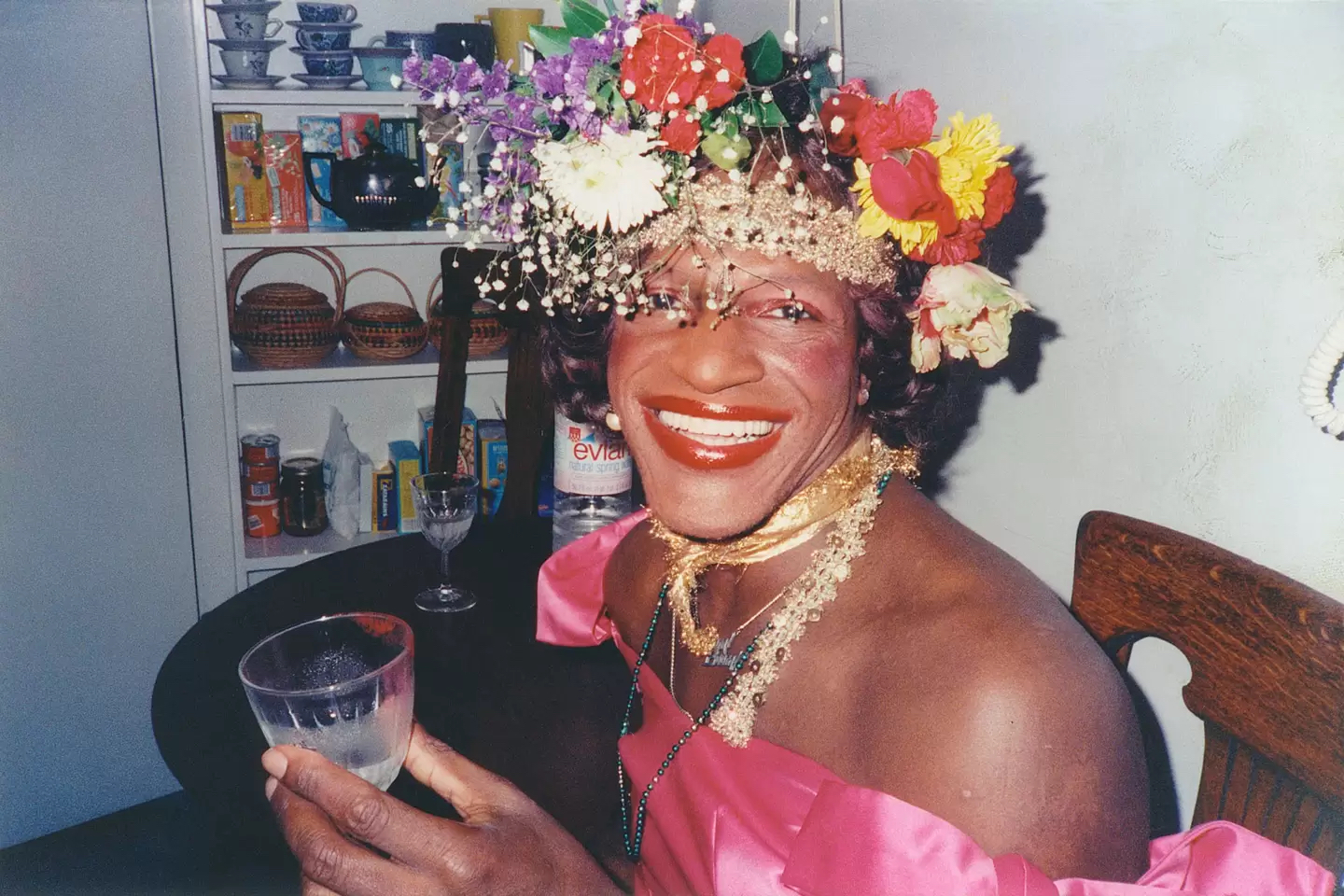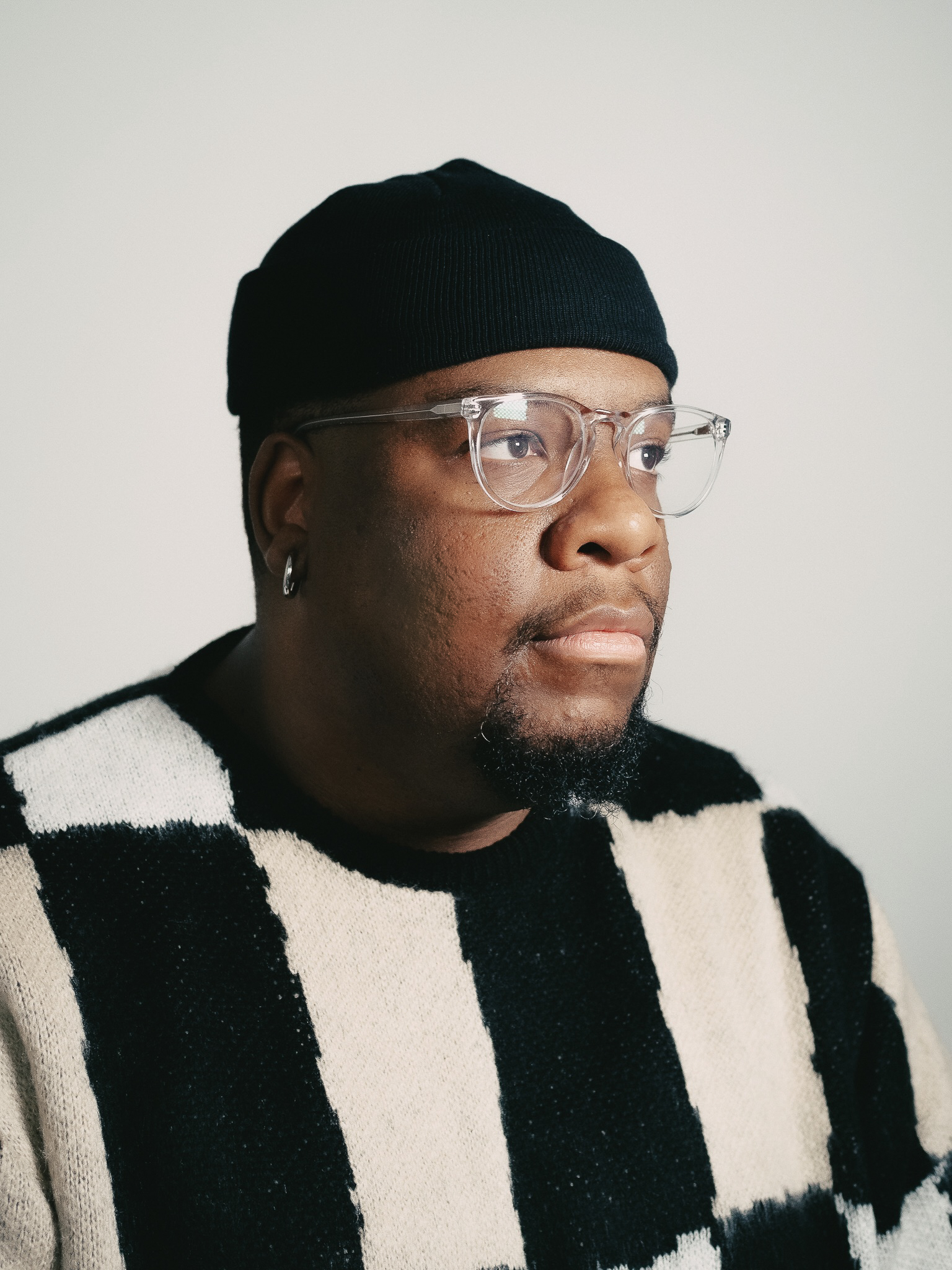

It’s June and we’re officially ready for vaxxed girl summer. I mean, the streets are opening back up, our favorite artists are booking concerts again — I even have a new summer anthem, it’s “Telepatia“ by Kali Uchis. This month also marks the start of Pride, a time to get your girls together, serve some cute summer looks, dance in the park, and live your best queer life. For myself and other BIPOC LGBTQ+ folk, Pride brings to mind so many mixed emotions. There’s an inner fulfillment of standing in your truth, right, but also recounting your personal coming out or transitioning story while celebrating with your chosen family. You know, being queer AF in a safe space made for you and being unapologetically yourself. However the reality of Pride is met with the hard reality of how Black and brown queer folk are still grappling with the marginalization within our LGBTQ+ community — as well as out in the world.
Yes, we should absolutely celebrate ourselves and the advancements we’ve made but we also need to be mindful of the work that still needs to be done. Pride — as an institution as well as cis white queer people in general — have to do more to truly celebrate and spotlight all LGBTQ+ voices and making safer, more inclusive spaces. Black and brown trans people are being murdered at an alarming rate while Caitlyn Jenner, former Olympian, California gubernatorial candidate is spewing transphobic hate all over Twitter and Elliot Page is getting primetime sit-downs. This sort of representation and visibility of whose stories are championed needs exist at multiple intersections — Black and gay, Latinx and trans, Asian and nonbinary, just to give a few examples.

In the United States, Pride is meant to commemorate the infamous Stonewall riots that took place the last few days of June in 1969. After years of erasure from the queer canon, iconic gay liberation activist Marsha P. Johnson is now getting her shine for her role in the beginning of the Stonewall riots, the gay liberation movement and for laying the framework for what we know of today as Pride. Johnson once said “no pride for some of us without liberation for all of us” and that sentiment still rings true today. The fact that just within the past five years, black and brown stripes were added to the Pride flag — the colors are meant to represent people of color in the queer community — speaks volumes about the need for further progress.

But June also kicks off a month of corporate campaigns that commodifies Pride and its celebrations. Just this morning, I got a junk email from a corporation that made me, truly, eyeroll. Yes, Pride deserves to be plastered everywhere for everyone to see but when you only care about the LGBTQ+ community for the month of June , then move on to your regularly scheduled programming come July 1, and then don’t make Pride or LGBTQ+ content again until the following Pride month, well, it makes me question the intent. Brands need to move beyond commodifying Pride as a capitalistic cash cow and really show up for LGBTQ+ communities. Like our girl Rosa said in her now viral video: “Open your purse.”
Let’s backtrack quickly. I want to walk you through the thought process that initially inspired this stream of consciousness: last night’s episode of Pose. ATTENTION: SPOILERS AHEAD. To see Angel and Papi get married really got to me. Really, I cried like a baby. To see a Latinx woman of the trans experience — Angel — be loved outloud, in front of her chosen family, a room full of beautiful Black and brown LGBTQ+ people, was for me, everything. The pride that swelled from within me was uncontrollable. And I can’t but help think, as a Black queer married man, about the strides we’ve made in the community. Like being able to love my husband outloud, doing so as an homage to my Black and brown forefathers and mothers who could only dare to dream of this.
I say all that to say this: Pride is a beautiful thing. I love seeing us all decked out in our finery, dancing along to “oonts, oonts” music, spreading love, and being unapologetically ourselves. I just want to see Pride represent all of its communities in a real tangible, visual, and inclusive way.














